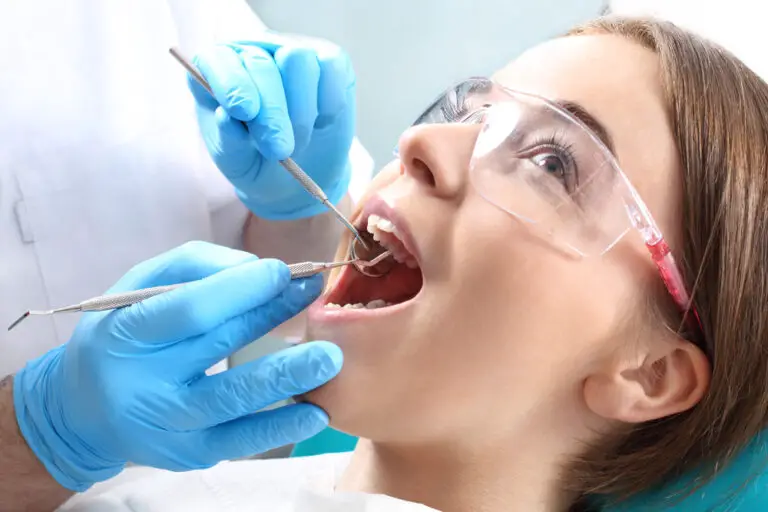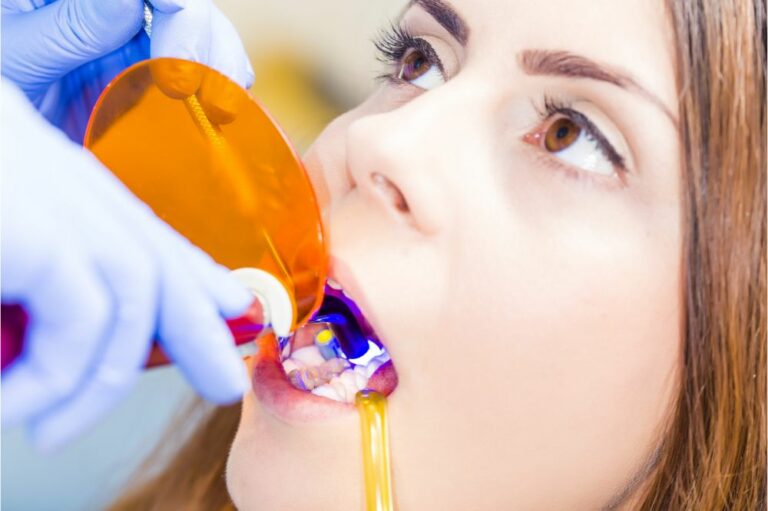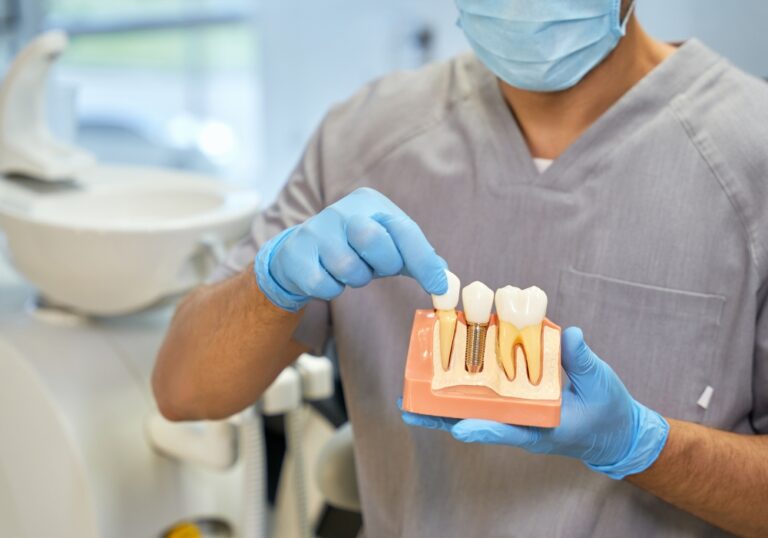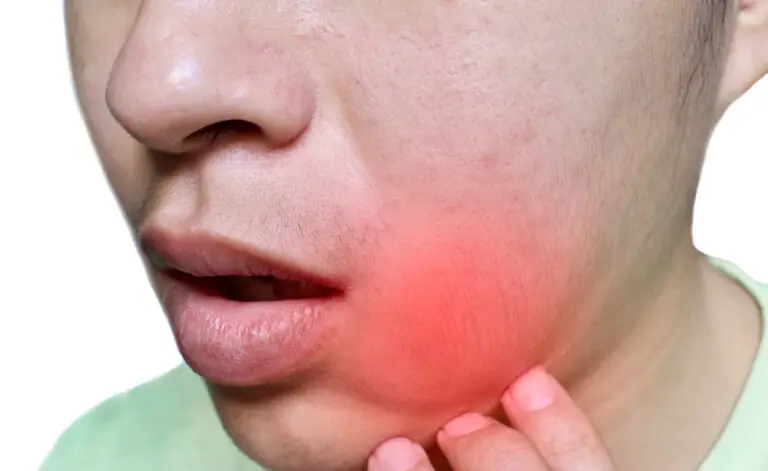Not being able to close your teeth properly can be frustrating and concerning. But what causes this problem in the first place? There are a number of potential culprits that can prevent your teeth from meeting correctly when you try to bite down.
Common Causes of Improper Tooth Closure
1. Crooked, Crowded, or Gapped Teeth
One of the most common reasons teeth don’t close well is because of poor positioning. Teeth that are severely crooked or crowded can physically block proper closure. Large gaps between teeth also don’t allow correct contact. Issues like these are often congenital, but environmental factors like thumb sucking or tongue thrusting can exacerbate tooth positioning problems over time.
Orthodontic intervention is usually required in these situations to align the teeth properly. Braces use gradual pressure over 1-3 years to precisely move the teeth into ideal positions where they can meet cleanly when biting. In some cases, selective teeth extraction may be necessary to create the required space to resolve crowding issues.
2. Overbite or Underbite Issues
An overbite refers to when the upper teeth extend too far down over the lower teeth. With an underbite, the lower teeth extend too high upward beyond their normal overlap with the upper teeth. Both situations can prevent the front and back teeth from meshing correctly when you bite down.
Orthodontic treatment is typically utilized to help retract overgrown upper or lower jaws. In some instances, small jaw positioning devices or elastics may be incorporated. Surgery is sometimes required in severe overbite/underbite cases. This physically moves portions of the upper or lower jaw to achieve proper vertical overlap between the arches.
3. Missing Teeth
When teeth go missing, the remaining teeth can shift position as space closes. This can throw off occlusion. For example, missing molars often cause the front teeth to tilt inward and back teeth to collapse. Replacing missing teeth is key to prevent movement and maintain the proper platform needed for good closure.
Options to replace missing teeth include dental implants, fixed bridges, and partial or full dentures. Dental implants provide the most durability and retention. Bridges can also supply immediate stable replacement teeth if strategically placed. Partials and dentures may have some mobility but can restore occlusion effectively when designed well.
4. Worn, Broken, or Fractured Teeth
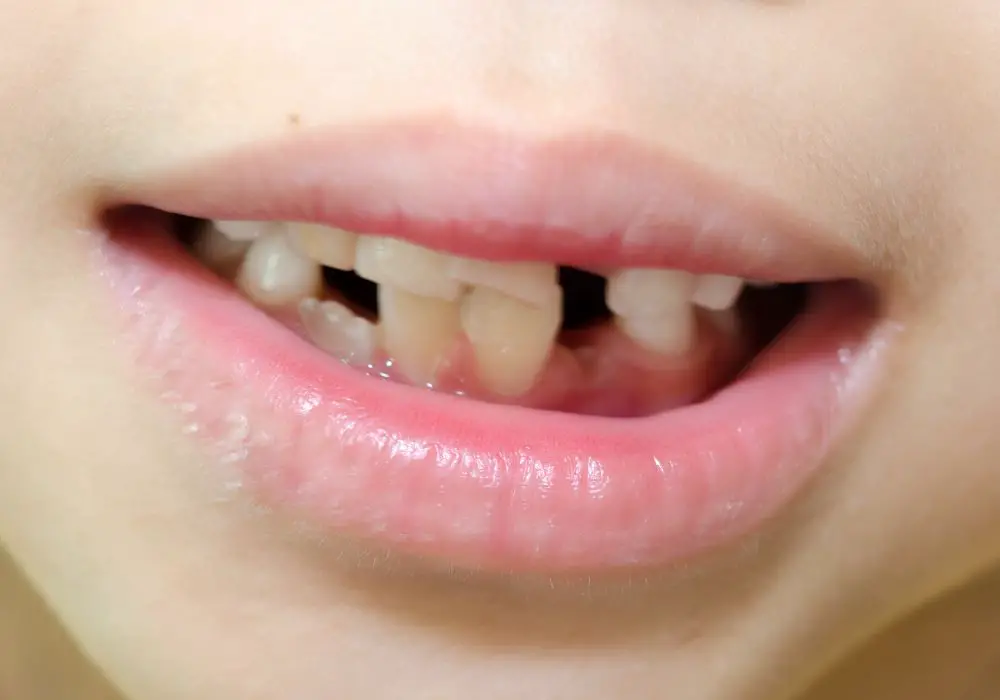
Teeth that are excessively worn down from grinding or acid erosion can shorten and flatten to the point they no longer meet correctly with opposing teeth. Fractured teeth may also develop uneven edges that prevent proper closure. And chips or cracks in teeth can shift contact points.
Dental restorations are needed to rebuild the natural shape and anatomy of damaged teeth for proper occlusion. Options include crowns, veneers, fillings, or onlays. Crowns fully surround teeth to restore function and contacts. Veneers and fillings address more minor defects. Prompt repair helps prevent worsening closure issues.
5. TMJ/TMD Disorders
The temporomandibular joint (TMJ) hinges the lower jaw to the skull. This paired joint and its controlling muscles guide proper closure. TMJ disorders involve dysfunction of these joints and muscles that can impair smooth motion of the lower jaw needed for correct teeth contacts. Problems include disc displacement, arthritis, and myofascial pain.
TMJ treatment aims to reduce inflammation and improve jaw function. Options include anti-inflammatory medication, gentle range of motion exercises, massage, bite splints, ultrasound therapy, or surgery as a last resort. Botox can relax clenched muscles contributing to closure problems. Addressing TMJ disorders is vital for normal occlusion.
6. Harmful Parafunctional Habits
Habits involving the tongue, lips, or jaw can slowly impact teeth positions and closure ability over time. These include tongue thrusting, nail biting, thumb sucking, mouth breathing, and teeth clenching or grinding. Intervention is required to retrain proper muscle activity for ideal tooth contacts.
Myofunctional therapy helps re-establish normal oral rest postures. Tongue crib or spacer appliances prevent negative habits. Nightguards protect against grind-related damage. Retainers may be used to help maintain orthodontic corrections. Breaking habits is key for proper occlusion long-term.
7. Structural Abnormalities
Less commonly, atypical growth of the jaws or face can affect occlusion. For example, underdevelopment of the upper jaw in relation to the lower jaw may cause a deep bite and overclosure issues. Birth defects like cleft palate can also impact tooth alignment and closure.
Combined orthodontics and orthognathic surgery are sometimes needed in these situations. The jaws are surgically repositioned in normal alignment, then teeth are orthodontically guided into place. Another condition called condylar hyperplasia involves uneven jaw joint growth causing closure problems that also requires combined treatment.
Symptoms of Inability to Close Teeth
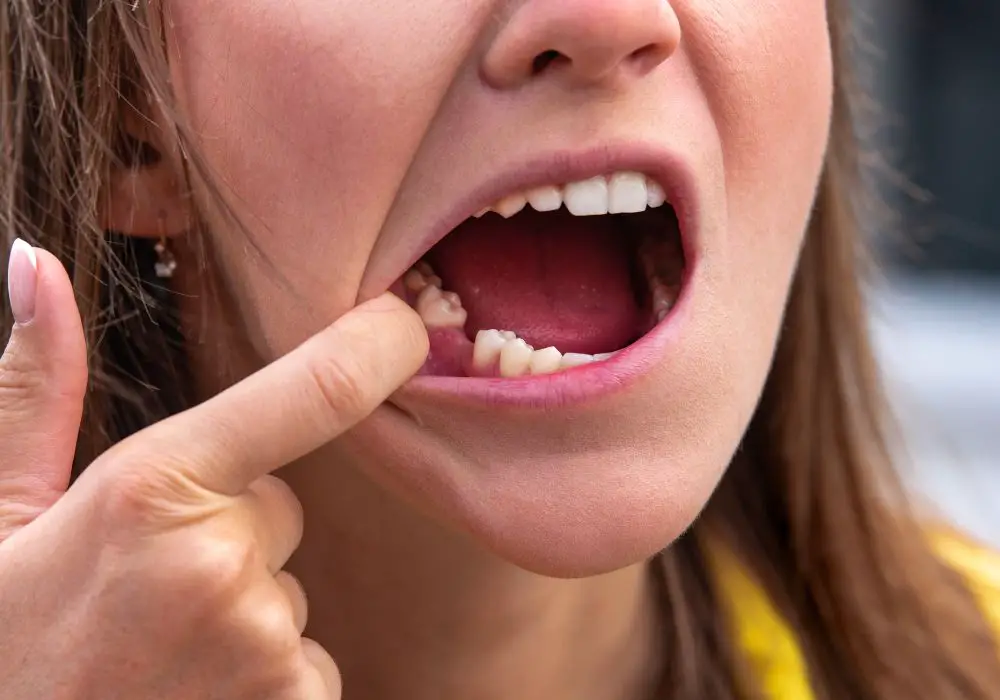
How do you know you have an issue with improper tooth closure? There are a few key signs to watch for:
- Uneven contact between teeth when biting down
- Gaps remaining between certain teeth when biting down
- Teeth contact too hard or forcefully when biting down
- Uncomfortable or impossible to close teeth normally
- Speech changes from inaccurate tooth contacts
- Tooth flaring, fractures, pain from odd closure forces
- Jaw, TMJ, or muscular pain from compensation
- Abnormal wear patterns on teeth surfaces
- Esthetic changes to smile and profile from position changes
If you notice any of these symptoms, see your dentist promptly for an evaluation. They can diagnose what’s impairing full closure. The earlier treatment begins, the better potential outcome.
Diagnosing Causes of Improper Closure
Dentists use several methods to analyze why teeth aren’t closing correctly:
- Clinical exam – Checks for tooth positioning, damage, and contacts within the mouth visually and manually.
- Bite analysis – Bite registration material or paper is used to locate uneven bite force points.
- X-rays – Assess tooth angles and identify underlying dental issues. Panoramic films show whole mouth.
- Impressions – Molds of the teeth are evaluated on replicas and digitally to highlight closure defects.
- Photographs – Useful for comparing occlusion before and after treatment.
- Mounted models – Teeth casts mounted on an articulator shows dynamic motion.
- Joint vibration analysis – Assesses TMJ function when opening and closing.
- EMG – Measures muscular effort during closure.
- CT/MRI scans – 3D imaging of bony structures.
- Cephalometric tracing – Landmarks plotted to measure jaw proportions.
With information gathered from these diagnostic methods, an appropriate tailored treatment plan can be formulated targeting the specific etiology behind the closure issues.
Main Treatment Options
Managing improper tooth closure encompasses a variety of methods:
1. Orthodontic Treatment
The mainstay for realigning misaligned teeth into proper positions for ideal closure ability. Typical treatment involves:
- Braces on teeth applying light pressure over time
- May require tooth extraction for room
- Elastics to guide jaw motions
- Retainers afterward to maintain corrections
- Duration around 1-3 years
2. Dental Restorations
Rebuild and replace damaged or missing teeth:
- Crowns, veneers, bridges, implants, dentures
- Restores proper tooth size and shape
- Replaces missing teeth to avoid drift
- Provides solid surfaces for occlusion
3. Occlusal Adjustment
Reshaping teeth to improve closures:
- Selective enamel removal to adjust bite
- Smoothes rough areas and high points
- Improves symmetry of tooth contacts
- Done gradually over multiple appointments
4. Orthognathic Surgery
Repositioning jaws for proper bite:
- Upper/lower jaw moved as needed
- Often with orthodontics
- Lengthy recovery
- Significant improvement in function
5. Physical Therapy
Exercises and modalities for jaw muscle function:
- Stretching and motion exercises
- Massage techniques
- Moist heat, ultrasound
- Helps TMJ disorders and tension
6. Habit Appliances
Discourage negative habits:
- Tongue cribs and spacers
- Redirects tongue posture
- Requires patient compliance
- Aids long-term habit changes
Complications of Untreated Closure Issues

Prolonged improper occlusion that goes unchecked can lead to:
- Accelerated uneven tooth wear
- Increased tooth chipping or fractures
- Progressive gum recession
- Gradual bone loss around teeth
- Temporomandibular joint dysfunction
- Jaw and muscular pain
- Impaired ability to chew properly
- Digestive issues from poor chewing
- Speech deficits from incorrect contacts
- Esthetic changes to smile appearance
- Low self-esteem from poor smile
That’s why timely professional treatment is key for resolving closure problems before they worsen and cause lasting dental health consequences.
FAQs About Improper Tooth Closure
At what age should closure problems be evaluated?
Ideally in childhood during active growth. Treatment when teeth are still developing can prevent major issues. But adults can also be successfully treated.
Can braces fully fix an improper bite?
In many situations yes, braces can effectively align teeth into proper closure. But supplemental treatment like TMJ therapy or orthognathic surgery may also be needed depending on the case.
How long does it take to fix closure problems with braces?
Treatment times average 1-3 years depending on severity of the original malocclusion. More complex cases or those combining braces with surgery may take longer.
Do retainers help keep teeth in position after orthodontics?
Absolutely. Wearing retainers as prescribed after orthodontic treatment is crucial to hold teeth in corrected positions long-term. This maintains optimal closure ability.
Can worn teeth be restored for proper closure?
Yes, worn teeth can be effectively restored with dental treatments like crowns, veneers, or fillings to rebuild size for improved closure points.
Take Action for Proper Tooth Closure
Difficulty closing your teeth fully can negatively impact your dental health, function, and appearance over time. That’s why seeking evaluation and correction sooner than later is key for the best outcome. Many effective options now exist to realign your teeth or rebuild lost tooth structure for ideal closure ability. Addressing any underlying joint disorders or harmful habits is also important for proper occlusion long-term. With today’s treatments, restoring proper tooth contacts and function is very achievable.

